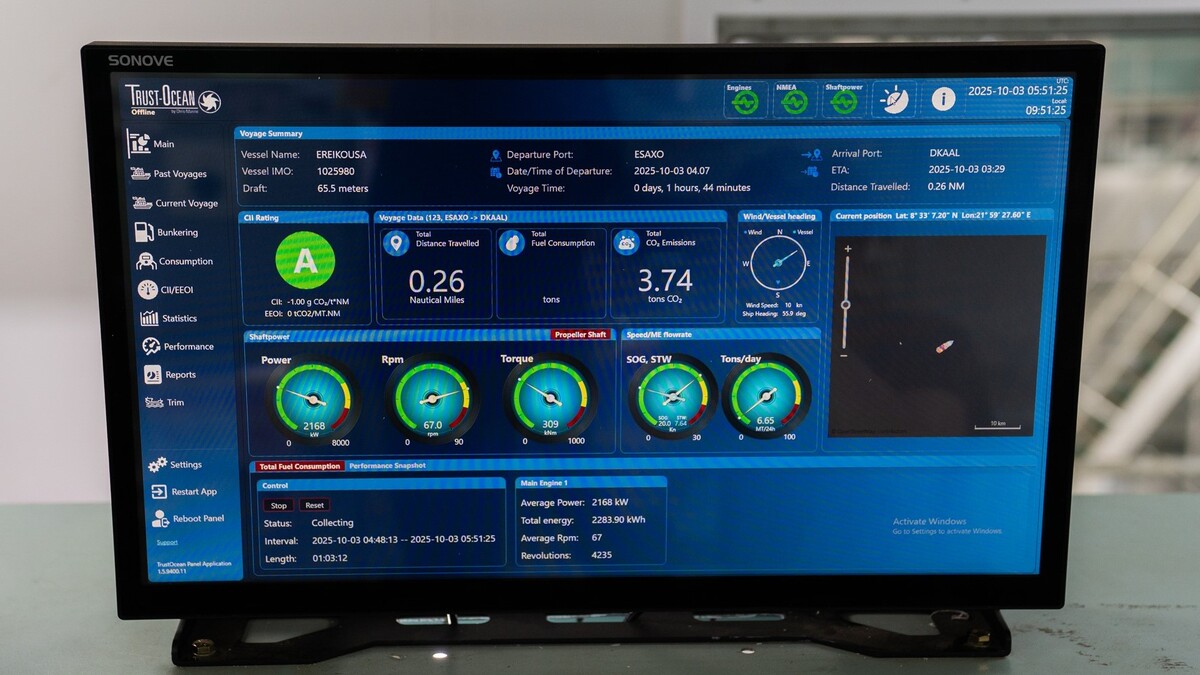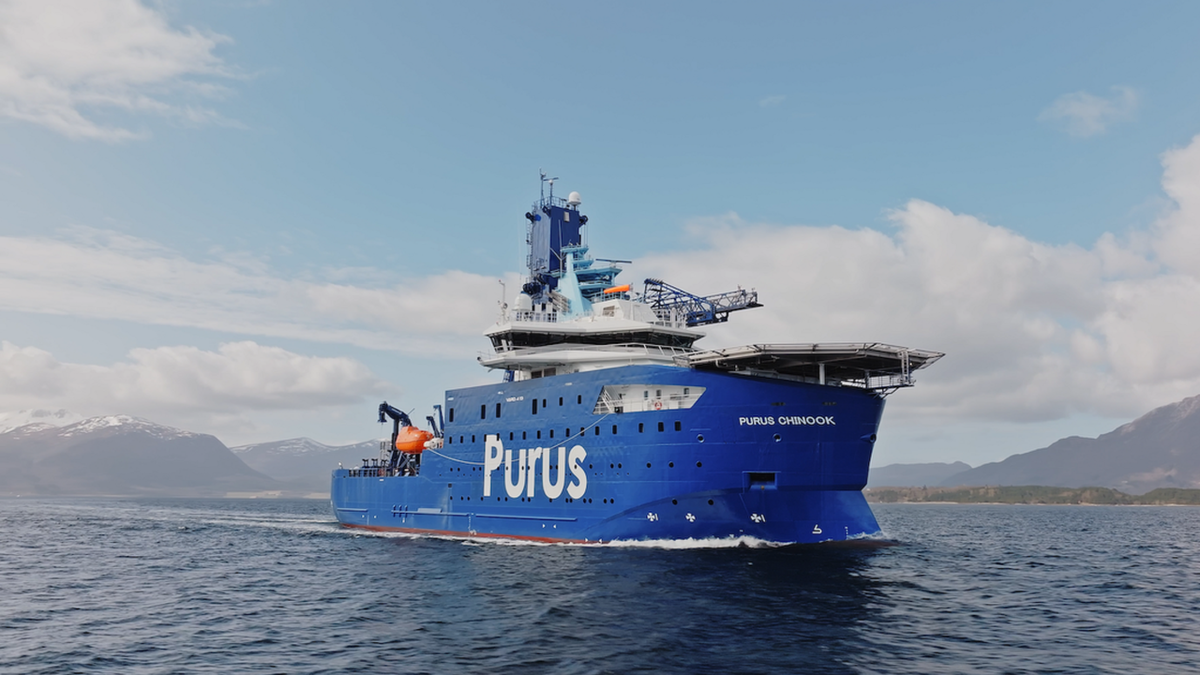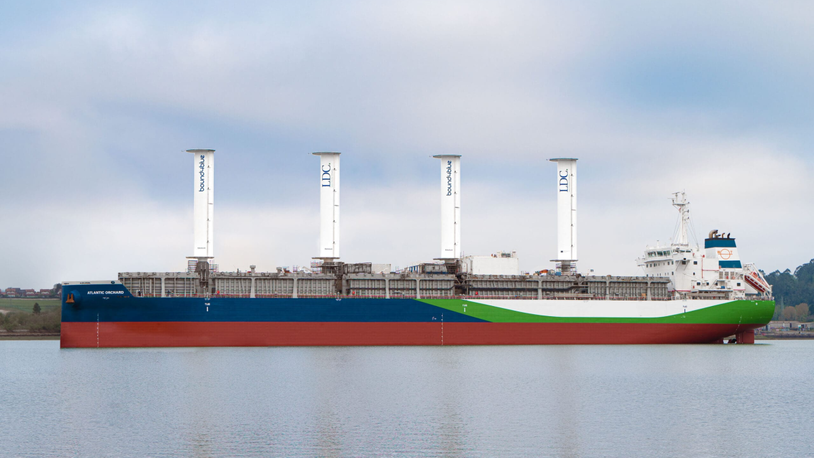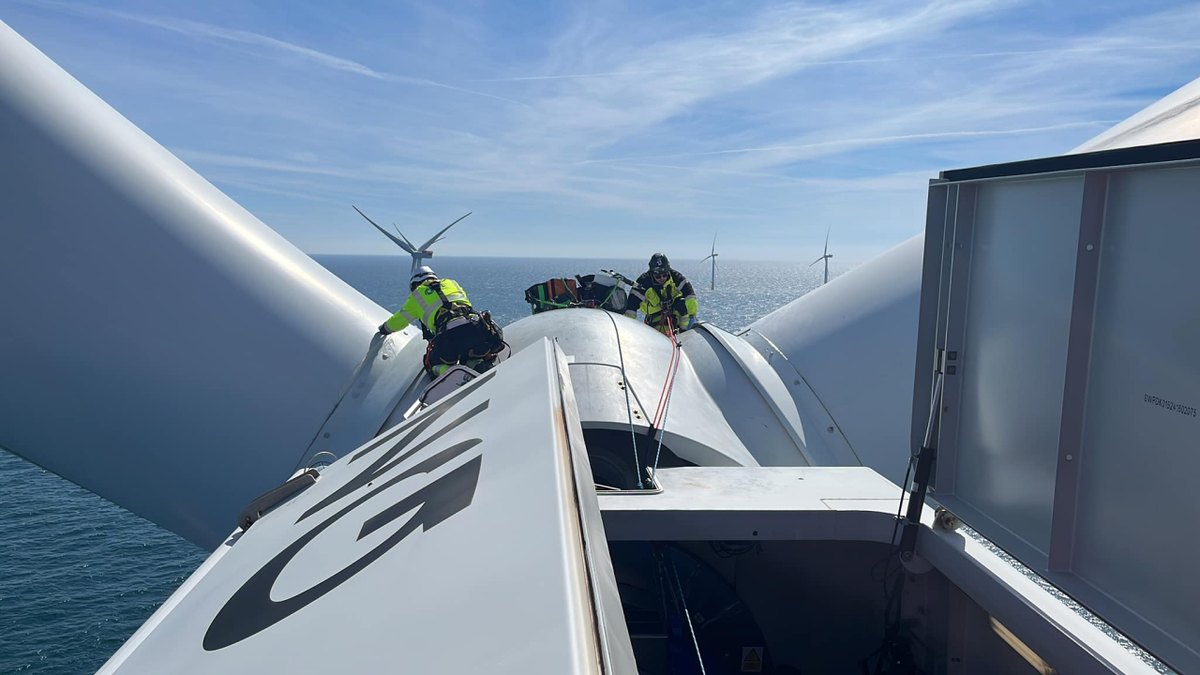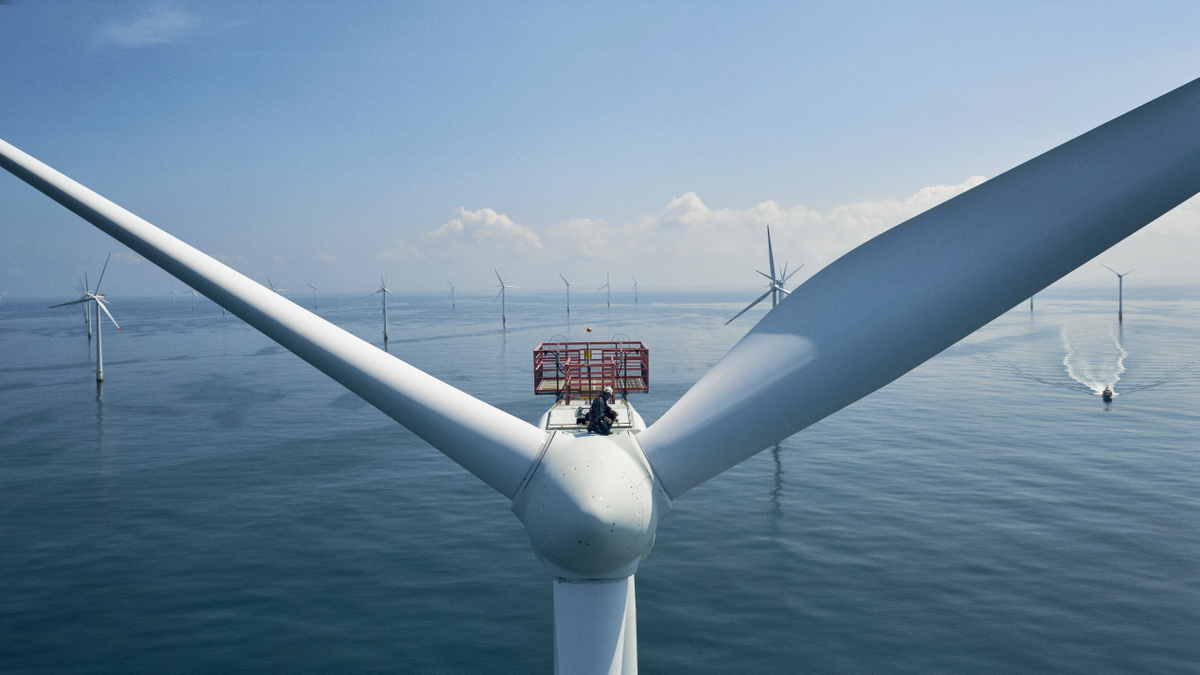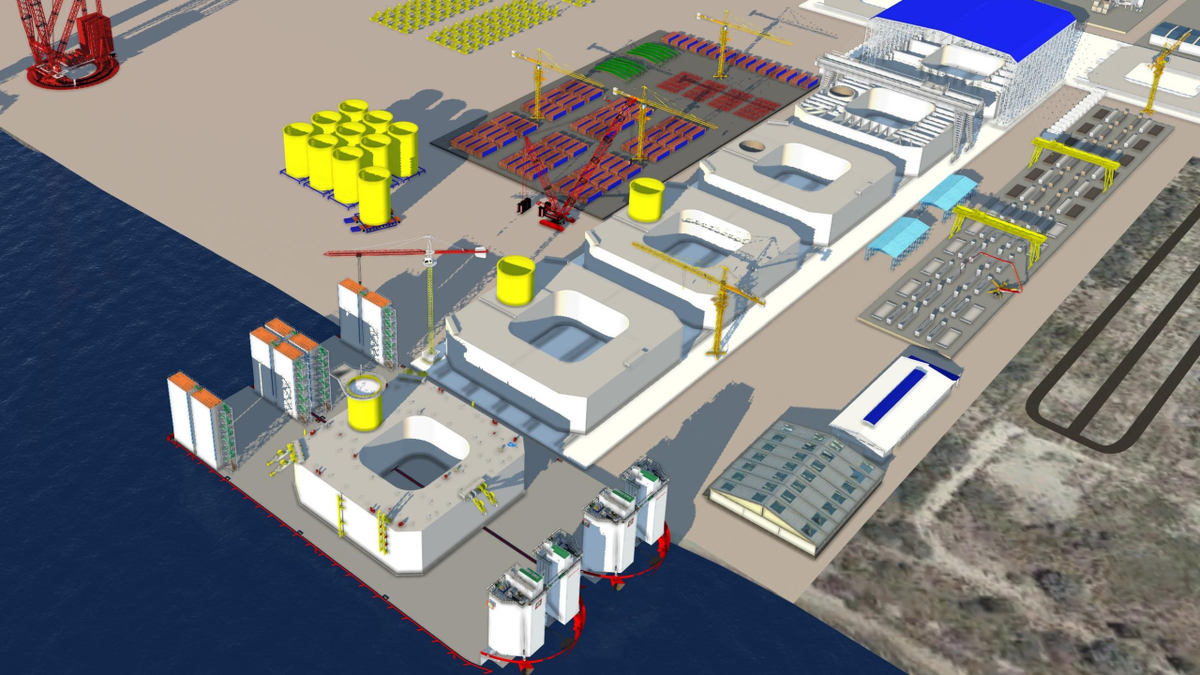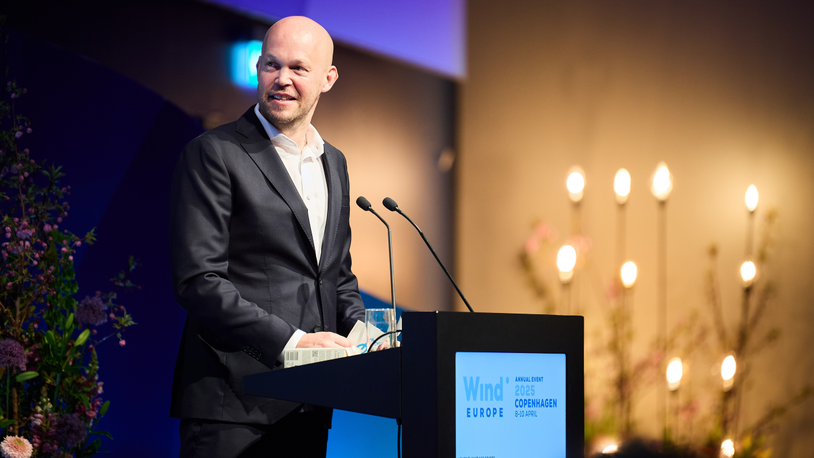Business Sectors
Contents
Register to read more articles.
Danish Industry calls for CfDs for future offshore windfarms
The Confederation of Danish Industry has called on the Danish government to adopt a two-sided contract for difference to support the construction of future offshore wind capacity
In a policy paper, Danish Industry noted that recent years have seen Denmark greatly increase targets for offshore wind capacity but that, more recently, the investment landscape has changed significantly.
Unveiling a raft of recommendations, the Confederation noted analysis by PwC suggests that, in the last two years, it has become approximately 30% more expensive to build offshore wind capacity, an increase that could adversely affect developer appetite for future tenders, unless policies are introduced that reflect the reality of increased costs and higher interest rates.
“This changed investment landscape may have a negative impact on the expansion of Danish offshore wind in the long term,” said Danish Industry. “It could have implications for Denmark as a manufacturer of wind turbines, for employment and exports of wind energy technology.”
Danish Industry’s first recommendation is that in an era of rising costs, a new tender model is required. It is therefore proposing the existing procurement model for offshore wind capacity be adapted, and a two-sided contract for difference of the type pioneered in the UK and now widely used elsewhere be introduced. The introduction of a CfD support scheme would, says Danish Industry, mitigate risk in an era of inflation and higher interest rates, and make developers more independent of fluctuating electricity prices.
Danish Industry is also recommending the government should introduce a market-driven track for offshore wind that would supplement government-led tenders. Such a market-driven track would require that developers can secure a concession agreement that reflects payments to the state and the societal value of the development of ‘immature’ sea areas that are not part of government plans.
The Confederation also recommended work starts now on the formulation of a plan for the development of offshore wind from 2040-2050, with a view to creating predictability and suitable framework conditions for developers, the value chain and associated infrastructure, overcoming the limitations of the ‘stop-go’ approach that has prevailed until now.
Last but not least, the confederation recommends significant investment in the green industrial production capacity, including wind energy and electrolysis technology for green hydrogen.
“There are already bottlenecks in production capacity which are driving prices upwards,” Danish Industry concluded. “Given state-sponsored competition from China and the US, there is also a need to fully utilise the opportunities provided by EU state aid rules, enabling Denmark to maintain its position and secure growth, employment and the country’s leading global position in offshore wind.”
Denmark has 2.7 GW of installed offshore wind capacity. In April 2024, the Danish Energy Agency launched a tender for 6 GW of offshore wind capacity. The tender allows for ‘overplanting’ that could see up to 10 GW of offshore wind capacity built by the winning developers. If this much capacity is awarded, it will enable the production of green hydrogen and ‘e-fuels’ and some of the energy produced could be exported.
Sign up for Riviera’s series of technical and operational webinars and conferences:
- Register to attend by visiting our events page.
- Watch recordings from all of our webinars in the webinar library.
Related to this Story
Events
International Bulk Shipping Conference 2025
Tankers 2030 Conference
Maritime Navigation Innovation Webinar Week
© 2024 Riviera Maritime Media Ltd.

